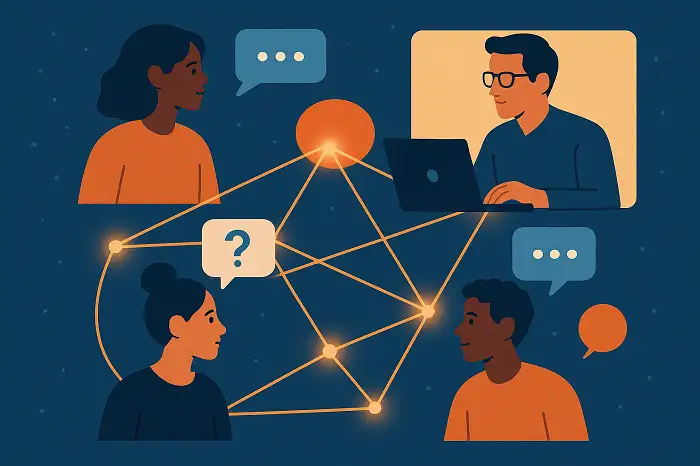Action Research
Action research was begun in the United States by Lewin (1946) in the 1940s as a means of addressing social problems.
This type of research is often conducted by teachers in language classrooms. In addition, it focuses on particular features of classroom interaction. The term ‘action research’ is an approach to collecting and interpreting data that involves a clear, repeated cycle of procedures. The researcher begins by planning an action to address a problem, issue, or question in his or her own context.
This action (which is also called a “small-scale intervention”) is then carried out. (This is the source of the label action research.) The next step is the systematic observation of the outcomes of the action. The observation is done through a variety of procedures for collecting data. These include audio or video recordings, teachers’ diary entries, observers’ notes, etc. after observing the apparent results of the action, the researcher reflects on the outcome and plans a subsequent action, after which the cycle begins again.
Action research might or might not be conducted in classrooms, and it might or might not be done by teachers.
The broad goals of action research are to seek local understanding and to bring about improvement in the context under study. Kemmis and McTaggart describe action research as “a form of self-reflective enquiry” undertaken by participants in social situations in order to improve the rationality and justice of their own social or educational practices, as well as their understanding of these practices and the situations in which these practices are carried out.



